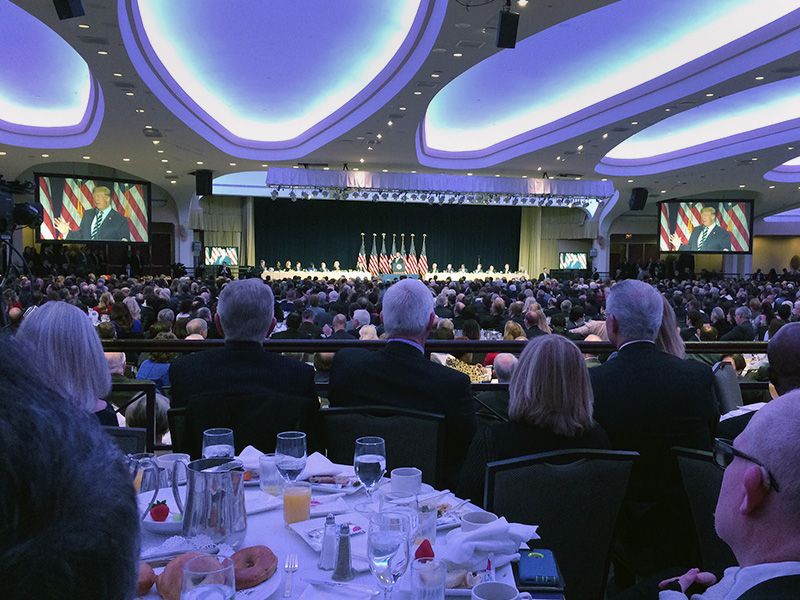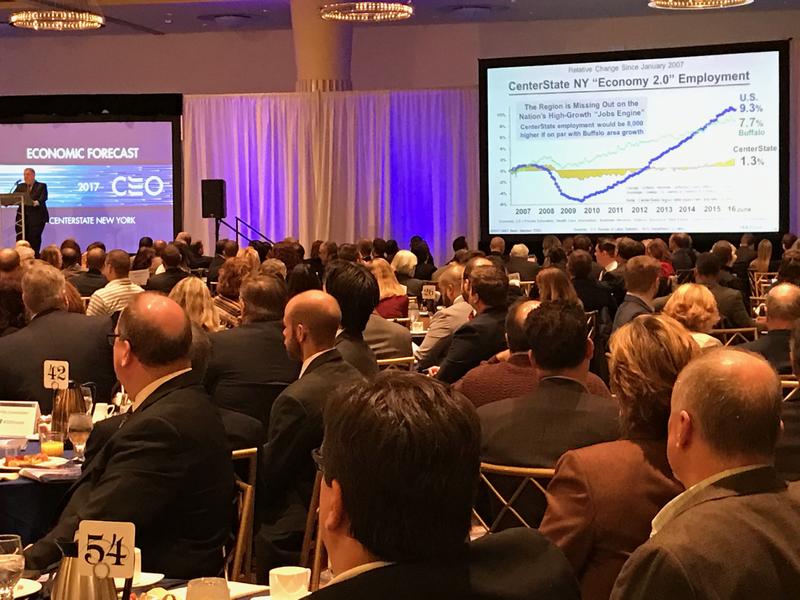
Conferences are a great way for people to connect with each other. They are also a good place to learn about the latest developments in the industry. But they can be complicated to organize and manage.
Why are you organizing a conference?
Conferences address a specific topic of interest to attendees. There has to be a red thread connecting speakers, sponsors and attendees. Identify conferences in order to focus efforts on its management.
Who’s the conference for?
The most important people in your conference are those of the public. Everything you do should be guided by what you will do for them to want to attend.
Think about the following:
- What specific issues do you care about?
- What speakers would you like?
- Where can they get to?
- What foods and drinks would you appreciate?
- With whom do they want to interact?
Create a timeline.
Decide on a tentative date for your conference. You will most likely have to adjust it once you speak at the venues and speakers. But setting a date will help you create a timeline for what should happen and when it should happen.
Establish a budget.
The budget for your conference will determine the scale of the event. Like your timeline, your conference budget should be provisional at first. You can review it once you talk to the sponsors and start recruiting.
Assemble a team.
It takes a lot of work to manage a conference, so you’ll need a team behind you.
Some of the people you’ll need are…
- Vendors to secure sponsors, exhibitors and delegates.
- Marketing staff to contact media, manage social networks and send emails to attendees.
- Logistics staff to organise venue, catering and venue.
- Producers to communicate with speakers and create the agenda.
- Technicians to organize sound, lighting and visual effects.
- Administrators to help you with planning, budgeting and management.

Recruit speakers.
Create a list of desired speakers and then write your value proposition.
Think about these points:
- How will speakers benefit from lending their credibility to your conference?
- Do you have a book or an innovation to promote?
- Is your conference’s target audience also their target audience?
Insure sponsors.
Sponsors are a great asset to your conference because they will give it credibility. More importantly, they will help you consolidate the event. Your sales team should be attentive to companies that are interested in selling to the conference audience. Prepare some sponsorship packages that you can sell to them.
Find the place.
The place should be attractive, but above all suitable for its purpose.
When looking for places, the following questions should be asked:
- Is the location accessible to everyone?
- Are there accommodations and restaurants nearby?
- Will the location be available for the conference date?
- Can the location accommodate the number of people planned to attend?
- Can the venue be rented?
- Does it include staff, technical equipment or catering?
Create networking opportunities.
Conferences are a great way for attendees to learn from speakers. But they will also be interested in networking with each other. A noisy conference room is not always the best place to do it. You should secure some meeting rooms for individual sessions among conference attendees. Alternatively, you can organize a quick networking event at the conference.
Hire the technical team.
If the site rental does not include the technical equipment, then you will need to find a supplier.
Make sure you have the following covered:
- Video Projectors and screens for videos and PowerPoint presentations.
- Audio: Microphones, amplifiers, monitors and mixers for your speakers.
- Lighting: Spotlights, ambient lighting and general lighting for filming.
- Transmission: Cameras and WiFi to record, transmit or film your conference.
Find the catering service.
Food and drinks may not be included in the rental of the place, so it is important to arrange catering. When deciding on the menu, always remember to keep dietary restrictions in mind.
Make sure attendees have accommodation.
Many conferences last for several days, so make sure attendees have a place to stay.
Find a printer to create marketing collateral.
Your conference will need some banners, posters, flyers and other marketing materials. Most importantly, your attendees need an agenda for the conference.
Enter social networks.
LinkedIn is your friend when it comes to conferences. But that doesn’t mean you should neglect all other popular platforms.
Here are some ideas to improve your conference with social networks:
- Set up dedicated conference accounts on all platforms such as Facebook.
- Create a promotional video on YouTube.
- Create hashtags on Instagram and Twitter.
- Write blogs on LinkedIn.
- Publish images on Pinterest and Instagram.
- Tweet the conference live and tag speakers and sponsors.
- Place the names of your social networks and your hashtags all over the place.
Social networks are a free promotional tool without which you cannot live. But you should also consider paid promotions on social networks as part of your marketing efforts.
Get a conference management system.
You need a conference management system because it will help you save time. It is also useful for managing tickets and registrations.
You should find a system that allows you to…
- Register attendees and sell tickets.
- Manage the place of the event with real-time data.
- Collect attendee data and obtain information.
- Integrate with social networks.
- Access everything through a mobile application.
- Register attendees on the site.
Now you know the basics of managing a conference. With proper planning and administration, it will be a great success.
